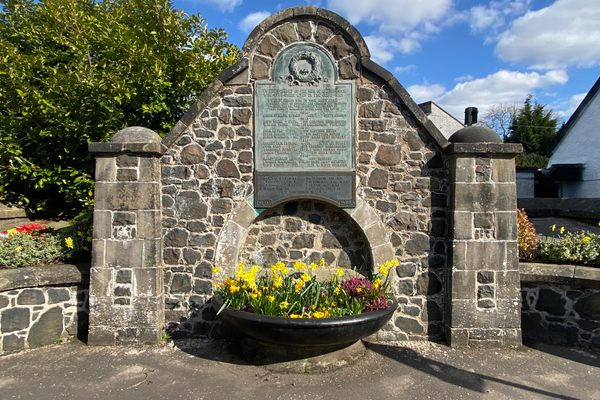About
As a term of the Treaty of Versailles, Germany was required to dismantle its military capabilities after World War I, such as a steel-framed hanger that resided in East Prussia.
The building contained massive roof spans for the time, and was previously used to house Zeppelin airships during the war until 1917.
The building was sold to Bahnbedarf A-G to be re-used in Darmstadt as a place to house and repair railway rolling stock, along with steam locomotive boilers.
Around 1922-1923, the steel frames of the hanger were used to create two separate Zeppelin Halls, one right behind the other. However, instead of reapplying the stark corrugated iron outer cladding, an attractive brick facade was designed by Jan Hubert Pinand in an art deco style common for the period. Railway tracks were added to allow for train repairs. The railway sidings on the street to the east of the building are still viewable.
Remarkably, both structures survived the firestorm caused by heavy bombing raids on Darmstadt by the Royal Air Force toward the end of World War II. However, the southernmost of the two buildings was destroyed by a fire in 1977.
The northern hall was then used as a warehouse until the 1990s, but in 1999 it was converted into its current rendition. That year, a free-standing, metal-framed, multi-deck parking lot was constructed inside the massive structure; with a youth center occupying the top floor. The former gatehouse to the rail maintenance complex was converted into an ice cream parlor during the 1990s and is still in operation today.
Standing inside the building, visitors can still see the steel frames that were used to construct the original building during WWI, as well as the 1920s brick facade. All demonstrate the remarkable architectural developments of this historic building over the decades.
Related Tags
Know Before You Go
The re-use of airship hangars is not unique to this building. For example the Market Halls in Riga, Latvia used the steelwork for its five barrel roofs and there is a sawmill in Augen, Germany which used the steelwork of the hangar, but like this example, has a brick skin.
Community Contributors
Added By
Published
March 6, 2020






















